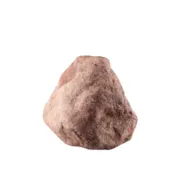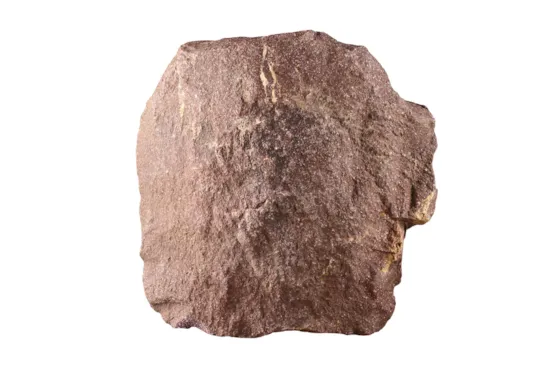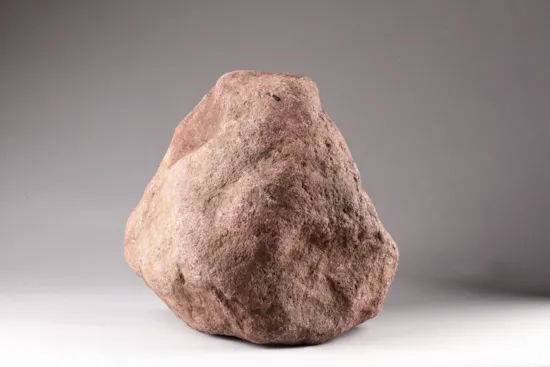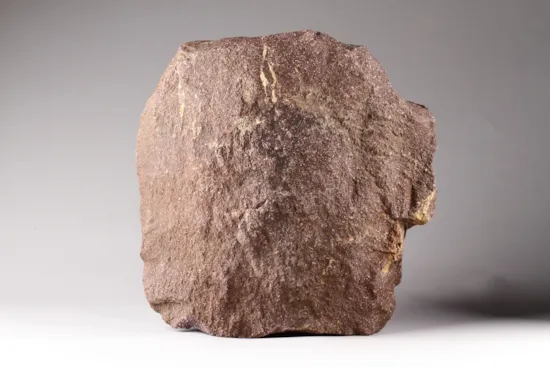Two Large Unusual Imperial Egyptian Porphyry Boulders in their Natural Quarried State
Two Large Unusual Imperial Egyptian Porphyry Boulders in their Natural Quarried State
Sizes: 35cm high, 31cm wide, 22cm deep - 13 ins high, 12 ins wide, 9 ins deep
41cm high, 39cm wide, 14cm deep - 16 ins high, 15 ins wide, 5 ins deep
Sizes: 35cm high, 31cm wide, 22cm deep - 13 ins high, 12 ins wide, 9 ins deep
41cm high, 39cm wide, 14cm deep - 16 ins high, 15 ins wide, 5 ins deep
Two Large Unusual Imperial Egyptian Porphyry Boulders in their Natural Quarried State
Sizes: 35cm high, 31cm wide, 22cm deep - 13 ins high, 12 ins wide, 9 ins deep
41cm high, 39cm wide, 14cm deep - 16 ins high, 15 ins wide, 5 ins deep
Sizes: 35cm high, 31cm wide, 22cm deep - 13 ins high, 12 ins wide, 9 ins deep
41cm high, 39cm wide, 14cm deep - 16 ins high, 15 ins wide, 5 ins deep
Most of the Imperial purple porphyry used and recycled in the later Cosmati church floors, altars, door frames and pulpits were taken from earlier ancient Roman villas or other ruins. Through the 12th and 13th centuries successive generations of Cosmati designed and created the most exquisitely intricate pavements in the churches of Rome and their work became so famous that patrons of churches in other cities would pay handsomely to have their new paving installed. A Cosmati worker Petrus Oderisius came to England in the second half of the 13th century commissioned by King Henry III to lay the sanctuary pavement of London’s Westminster Abbey. Traditionally it is believed that the first Cosmati family members some of whom signed their work with the name ‘Cosma’, learnt the craft of ‘Opus Sectile’ in Constantinople. Becoming master stonecutters they brought together elements of the Byzantine and Islamic traditions merging them with their own native Roman heritage.
Ex Private London collection
Two Large Unusual Imperial Egyptian Porphyry Boulders in their Natural Quarried State










